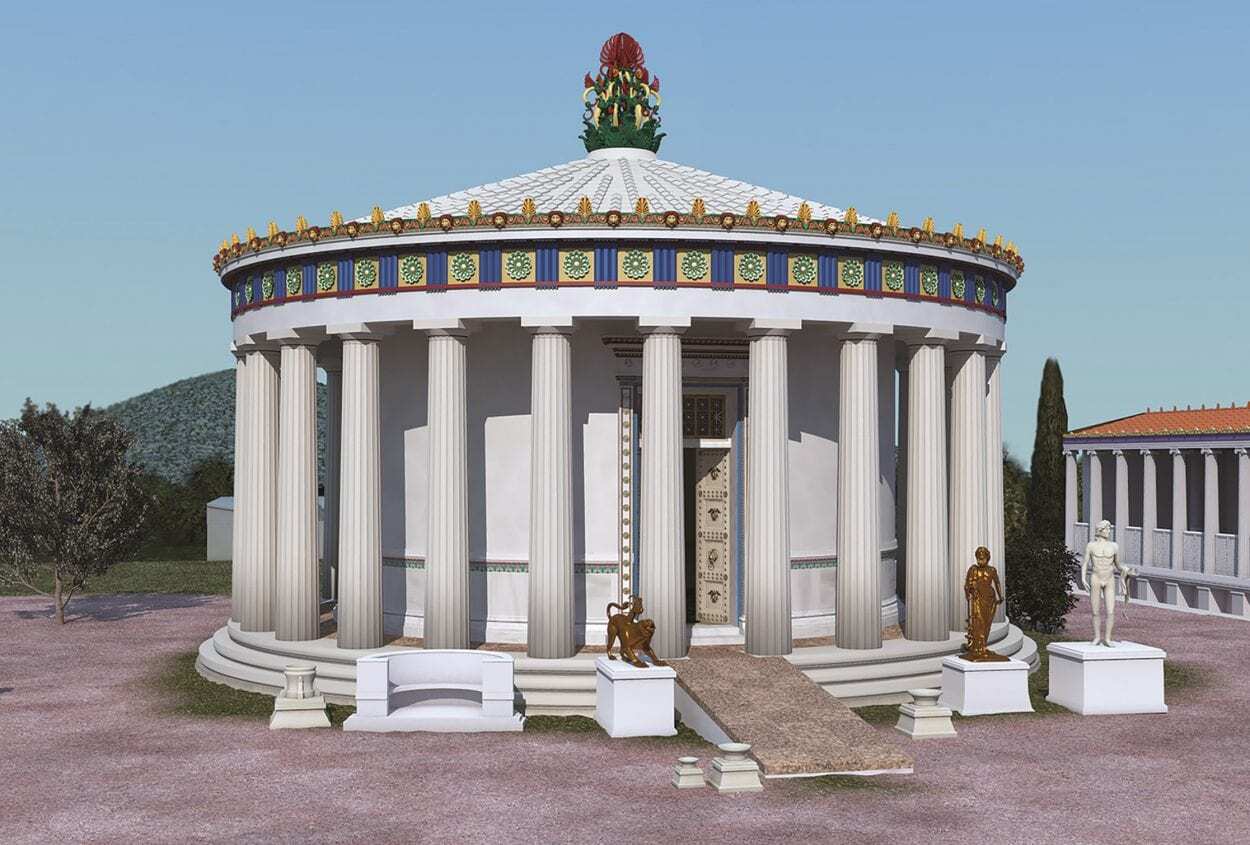Ancient Greek Sanctuaries & Temples Had Disabled Access Thousands of Years Age

A new study by archaeologists suggests that many temples and sanctuaries of the ancient Greeks incorporated ramps that gave mobility-impaired visitors disabled access thousands of years ago.
The study was conducted by Dr Debby Sneed, from the California State University, Long Beach who made the discovery whilst analysing the distribution of ramps in ancient Greece.
Many religious sites have incorporated ramps, but research by scholars have mostly overlooked the ramps in articles and textbooks in their studies of ancient Greek architecture and analysis of the monuments.
Dr Sneed said: “Archaeologists have known about ramps on ancient Greek temples, but have routinely ignored them in their discussions of Greek architecture. More than 2,000 years ago, ancient Greeks spent time and money building ramps to aid individuals who could not easily ascend or descend stairs, and all without targeted legislation requiring them to do so”
Dr Sneed found that these ramps were particularly common at healing sanctuaries, where large numbers of visitors suffering from various illness and mobility impairments came in search of help from the healing god Asclepius.
Image Credit : Antiquity
One of the most important healing sanctuaries, the Sanctuary of Asclepius at Epidauros had 11 stone ramps installed on nine structures within the sanctuary complex that was incorporated around 370 BC.
At a sanctuary of Asclepius in Corinth, a large number of dedications to the god represent legs and feet, suggesting that people requested healing in these limbs.
“The likeliest reason why ancient Greek architects constructed ramps was to make sites accessible to mobility-impaired visitors,” concluded Dr Sneed. This research, published in the journal Antiquity, would make these ramps the earliest known evidence of ancient societies adapting their architecture to meet the needs of disabled community members.
Antiquity
One of the most important healing sanctuaries, the Sanctuary of Asclepius at Epidauros had 11 stone ramps installed on nine structures within the sanctuary complex that was incorporated around 370 BC.
At a sanctuary of Asclepius in Corinth, a large number of dedications to the god represent legs and feet, suggesting that people requested healing in these limbs.
“The likeliest reason why ancient Greek architects constructed ramps was to make sites accessible to mobility-impaired visitors,” concluded Dr Sneed. This research, published in the journal Antiquity, would make these ramps the earliest known evidence of ancient societies adapting their architecture to meet the needs of disabled community members.
Antiquity
No comments:
Post a Comment